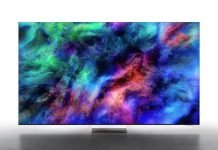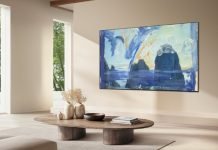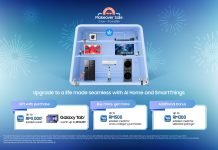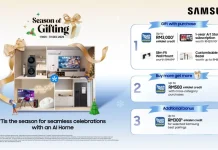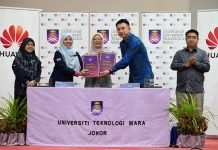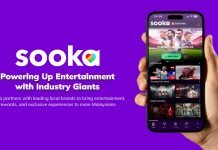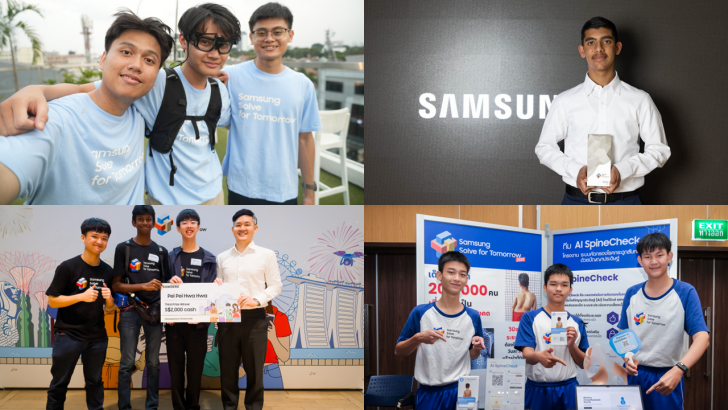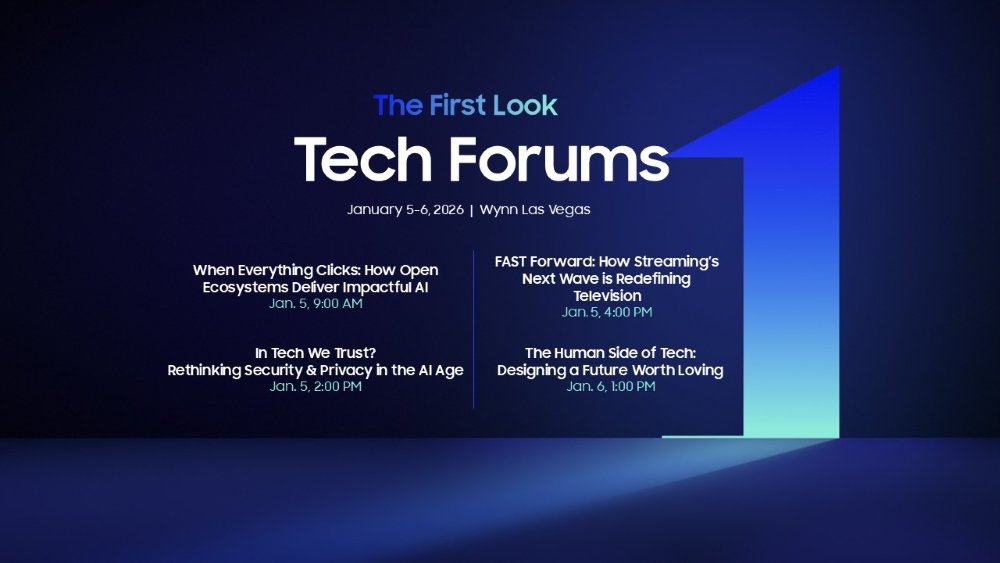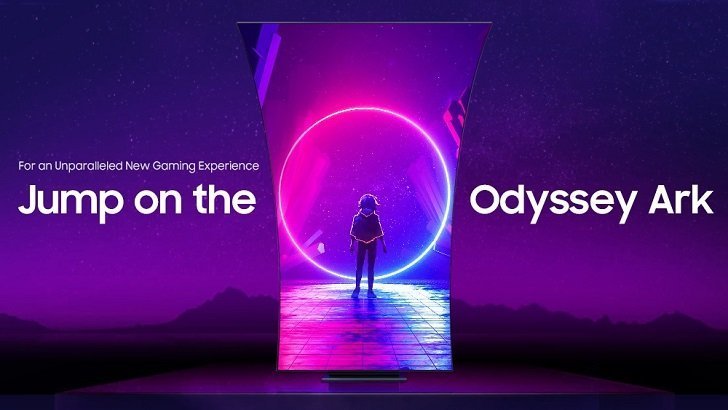As it continues to innovate for users, Samsung Electronics is gearing up to present its latest developments at the Samsung Developer Conference 2022 (SDC22). At the conference, Samsung showcased the updates to its software, services and more, aiming to improve the overall user experience. To learn more about some of the ideas behind these developments, Samsung Newsroom sat down with four SDC22 speakers to hear more.
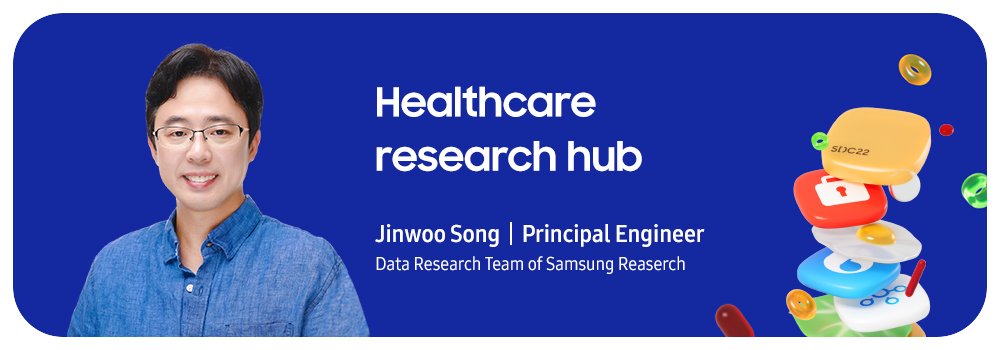
As people become increasingly more health-focused, tech industry realized the value in pursuing projects that help individuals monitor their health and fitness. Principal Engineer Jinwoo Song from Samsung Research’s Data Research Team explained how Samsung Health Stack project helps developers and engineers optimize app development and more.
Q1. What does Samsung Health Stack do and what benefits does it ultimately provide?
Samsung Health Stack is an open source project that provides help in conducting research related to digital health using wearable devices, developing applications needed and creating tools for backend server and analysis in Android and Wear OS environment. By utilizing Samsung Health Stack, IT developers and engineers can save time and cost needed for developing the right environment, and researchers can focus more on conducting research studies that utilize new digital data. I believe that such convenience for development will be a great foundation for various forms of digital health care research and new data-based technologies.
Q2. What was the focus of the open source when designing Samsung Health Stack?
We designed it by analyzing the user experience of everyone involved in healthcare research so that the solution can accommodate the entire process of recruiting participants, collecting data and analyzing data. When there were some difficulties during the course of the development, we found solutions through health care-related cooperation with many research institutions.
In addition, we made effort to provide the structure that can continue to be scaled up to handle new forms of data and devices that become the interest of digital health researchers. In particular, we’ve designed the structure so that only certain necessary parts can be selected and expanded for use in order to enable application in various cases that go beyond clinical research, such as the area of care, etc.
Q3. What do you think the direction of development will be going forward for data-based health-care technologies?
Due to the technological advancement including AI, and the transition to aging society, the digital technology that centers on consumers and data is becoming more important in the field of health care. In order to respond to such changes, it is important to have the capability to safely manage and precisely analyze various data on users.
We believe that a world in which everyone will be able to receive customized, optimal health care solutions with data on users’ everyday life will come in the future. We’ll continue to make effort to develop technologies and products to make this possible, and we look forward to seeing many developers participate in this effort.
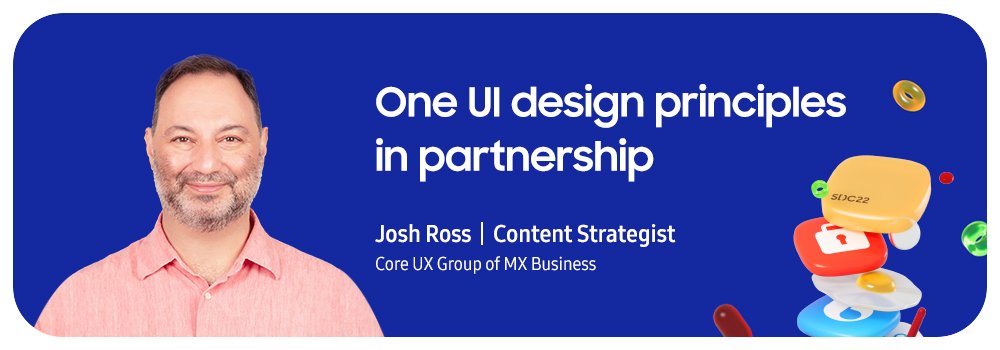
In order to create the best product experience, Samsung’s One UI platform offers a simple and intuitive interface across all of its devices, putting the user at the center of its unified device experience. Content Strategist Josh Ross from Samsung’s Core UX Group of MX Business shared the inspiration behind One UI and how it was created with users in mind.
Q1. What is One UI and what experiences does it provide to users?
One UI is the unified platform for Samsung Galaxy products, from phones and tablets to watches and Galaxy Books. It creates a single, seamless experience that empowers users to get the most from their Samsung products.
Q2. To create an intuitive and easy-to-use interface for users, One UI adheres to four key principles: simplicity, effortlessness, consistency and authenticity. Can you explain why these principles are important for development of One UI and how you think this enhances the mobile experience for users?
You need principles so you can be sure your design is heading in the right direction. We’ve chosen these four principles because they put the focus on the user, which is what we always want to do. Simplicity helps users focus on what matters. Effortlessness means that you don’t have to struggle to get things done. Consistency means that things work the way you expect them to, which helps to make things effortless. And authenticity is about creating experiences that feel natural, like a part of your own self-expression. When these principles come together, the result can be very powerful but also subtle. You don’t always notice all the work that goes into the design, and that’s actually good. The best design is almost invisible.
Q3. Why are partnerships an essential part of One UI? What are the benefits of partnerships for One UI development?
Partnerships are a huge part of the One UI experience. As good as Samsung is, we need the insight and expertise of others to deliver the best experience to users. Partnerships make apps like SmartThings and Samsung Wallet possible, so that you can do amazing things like control your car or your lights, make payments, board an airplane and so much more, right from inside One UI. Partnerships enrich our Samsung Health content with fitness expertise about everything from sleep coaching to body composition to mindfulness. Partnerships add flavor to your chats with GIFs from Giphy and Tenor, stickers, fun camera features on Snapchat and much more. Partnerships like the Global Goals app, a collaboration between Samsung and the UN, help bring awareness to important causes.
We want to empower our users to do things the way they want, with the apps and services they love. Partnerships are a huge part of that.
Q4. Going forward, what are some things users can expect from Samsung’s One UI?
We have a lot of things we’re announcing at SDC this year, so I don’t want to give everything away, but you can always expect further refinement and improvement. We look at everything from icons and animations to how you organize and find things and so much more. We’re learning more and more from our users about how the foldable experience changes things, so keep looking for exciting developments in the area of unique features for the Galaxy Flip and Galaxy Fold.

Samsung has also partnered with HealthTap to provide telemedicine services through its Smart TVs. Samsung’s Tizen, an open-source operating system, helped developers optimize the service for use on Smart TVs. Sean Park, Senior Product Manager from the Experience Planning Group of Visual Display Business, explained more about accessing telemedicine through Samsung’s Smart TVs.
Q1. How did Tizen help with the development of this service?
Samsung Electronics’ smart operating system (OS) Tizen provided the grounds for easy navigation on the large screen display. Tizen is very quick to deploy as evidenced by what we were able to achieve in three months’ time.
Q2. What are the benefits of accessing telemedicine services through Samsung Smart TVs?
Everything nowadays has gone remote. We want to provide Samsung users with a more convenient way to access medical care, which is telemedicine.
Samsung’s collaboration with HealthTap allows you to see a doctor through a large screen from the comfort of your home, creating a more immersive telehealth experience. If you want to access services including mental health counseling, you can do that with Samsung Smart TVs. For those who are a bit older and whose vision makes it difficult to use a small mobile screen, or for those who need to hold small children while consulting a doctor, they can easily access telehealth services through Samsung Smart TVs. We want everyone to be able to easily see a doctor from home, which we believe is not only convenient but necessary.

Ultra-wideband technology (UWB) has been recently gaining more and more attention in the smart device industry. Principal Engineer Haeyoung Jun from Samsung Research’s Standards Research Team talked about the importance of standardization of UWB and how it could shape the future of the industry.
Q1. What is the role of the FiRa Consortium that Samsung Electronics established in 2019 with key industry players, and what specific activities does it do?
The FiRa Consortium develops the interoperability standard and certification program to enable consumers to use services powered by Ultra-wideband (UWB) technology in smart devices across devices made by different manufacturers.
After the FiRa Consortium was initially established by only a few companies, including Samsung Electronics, there are now more than 115 member companies participating in defining the interoperability standard together. Furthermore, FiRa is exploring various applications that utilize UWB, and is cooperating with multiple standard organizations across various industry verticals for the standardization of these applications.
Q2. We’d like to know why UWB technology is gaining attraction again recently and how it is moving forward.
As many service providers and manufacturers investigate use scenarios utilizing relative location information obtained by direct communication among devices without heavy infrastructures, the barrier to implementing UWB technology and applications have been lowered. Along with Samsung Electronics, global companies are also implementing UWB into their devices. As the number of UWB enabled products increases in the market, there will be motivation to install UWB infrastructures as well. We anticipate that, if just one or two game-changing UWB applications emerge in the market, the UWB ecosystem will expand rapidly.
Q3. We’d like to know what the new era of wireless communications envisioned through UWB technology standardization would look like in detail.
UWB technology allows your own devices to detect the location, including distance and direction, of other UWB devices in proximity. It also enables the secure data transactions among devices as well as secure internal interfaces, therefore UWB can provide different type of location-based services that GPS is unable to. For instances, UWB brings the same effect as tagging NFC to a reader even with the smartphone placed in a pocket or bag. With the standardized UWB technology, consumers will be able to access new convenient services across multiple verticals.





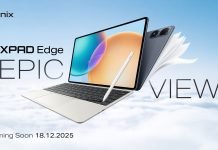
![[Video] Unfolding What’s Next: Unboxing Galaxy Z TriFold](https://stuffmotion.com/wp-content/uploads/2025/12/Samsung-Mobile-Galaxy-Z-TriFold-Unboxing-Video_thumb932-218x150.jpg)
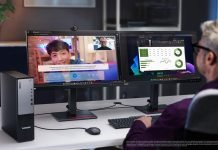

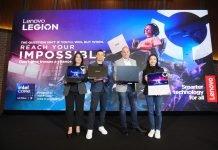
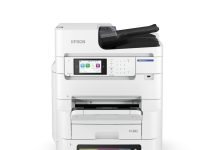
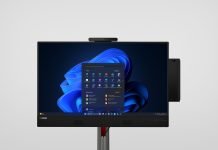






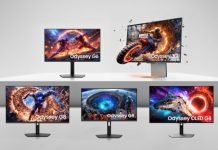
![[CES 2026] Quest For Perfect Color…Samsung To Push Boundaries of TV at The First Look](https://stuffmotion.com/wp-content/uploads/2025/12/Samsung-TVs-and-Displays-CES-2026-The-First-Look-Push-Boundaries-of-TV_Thumb728-218x150.jpg)
